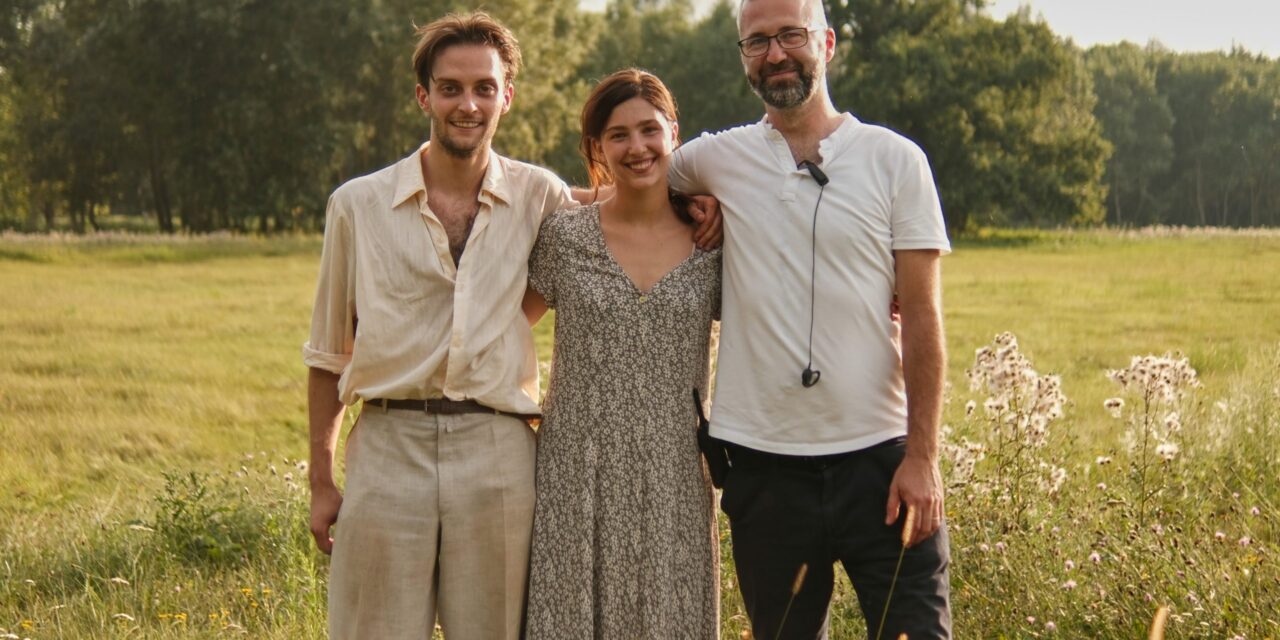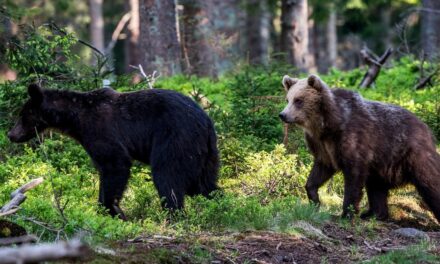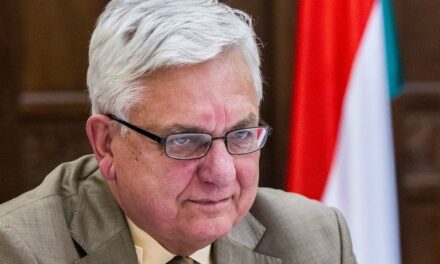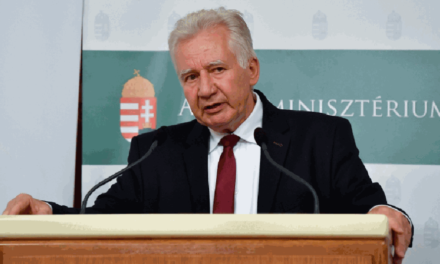"We, individuals, write history" - a film was made about the most famous Hungarian resistance fighter in Czechoslovakia. Interview.
"I felt from many places that I didn't want this film to be made, because it is about a divisive topic, but whoever read the script was able to stand by it with a calm heart," Sándor Laczkó told hirado.hu. The new film of the documentary film director from the Highlands deals with an exciting topic, the story of Béla Hancsovszky, who in 1945 radically opposed the Czechoslovak power that was oppressing the Hungarians.
The profession, and then the general public, can meet the new Hungarian documentary film from the highlands. Where do first 'dates' take place?
The premiere of the film took place in Eszák Komárom. This city is also dear to us because many scenes of the film were shot here, for example in the Komárom Fortress system or on Nagyléli Island, which is a nature reserve near Komárom that has been untouched for hundreds of years. We filmed the prison scenes in the Monostori fortress on the other side of the Danube. The premiere in Tornalja will take place on October 3, (the conversation was recorded even before that - ed.) from that day on, the film was screened in Slovak cinemas.
What kind of feedback did you get, was the film's presentation a success?
It is already a success that this film could be born. It was made for a very long time, four years. We faced many problems, but there was a social order to make this film. In order to be able to carry out the production, in addition to the support of the Minority Cultural Fund, we also relied on community funding. Private individuals and entrepreneurs could also contribute to the film's budget, and they did. So we are talking about a film that was in demand and "social order". I think the number of our screenings also shows that there is interest in it.
Where is the film being shown?
The film will be screened in about 15 locations, with 5.1 sound, also in Slovak-speaking areas where very few Hungarians live. It will be visible in Eperjes, Nagyszombat and Bratislava, so we are trying to open it up in all directions and bring this forgotten era into the public consciousness.
What difficulties did you encounter during the filming?
A distinction must be made between the producer and "creative" obstacles that I experienced as a director. I felt from a lot of places that I didn't want this film to be made, because it is about a divisive topic, but whoever read the script was able to stand by it with a calm heart. I think this is also a success of the film, we were able to rally everyone behind the common cause, regardless of their opinion or political position. We managed to create a production that does not separate us, but connects us.
Who was Béla Hancsovszky?
A 19-year-old young man who wants to draw the world's attention to what is happening in Tornalja. The story takes place in 1945, after the front marches through Czechoslovakia, and after Hungary loses its highland territories, and the new Czechoslovak administration takes retaliatory measures that deeply affect the Hungarian people living here.
What measures were involved?
There is press censorship, they take away people's radios, they forbid them to speak Hungarian on the street. Hungarian schools begin to be closed, and this escalates until the Kassa government program, where the Czechoslovak government and President Benes accuse the Hungarians of collective guilt. The protagonist of our story is a 19-year-old boy from Tornalja, who throws a hand grenade through the window of the local national security, the gendarmerie, and blows it up. This film examines not only this story, but also tries to address deeper questions, such as the question of freedom. How far you can go and whether violence means the same thing in every situation. We're trying to point out that not everything is black and white and that you can't make a judgment without knowing the full facts.
As if he were the Hungarian Butterfly, Hancsovszky always escaped from all his captivity. How did he manage to do that?
We also took one of the three escapes on screen. It is certain that he was not an ordinary person, he must have had something to eat: previously, as a student of the Miskolc lyceum, he spoke fluently in Slovak and French, which indicates in advance what kind of person we are talking about. He was able to escape from the prison in Rimaszombat, and even his brother István smuggled a fake key to his prison in Hungary, so he didn't stay there for a long time either. If all that wasn't enough, he was also arrested by the Soviet NKVD, but the authorities released him after a month citing a procedural error.
Hancsovszky's case also raises the dilemma of where is the border between an act of terrorism and a fight for freedom, which is also often expressed in connection with today's international conflicts.
When we started writing the script, the Russian-Ukrainian military conflict didn't even exist. It was interesting how the questions we raised became more and more relevant. After Russia invaded Ukraine, the sides of the scenario were more severely affected. Our aim is not to give categorical answers to all questions, but rather to confront them. And to try to find answers both individually and as a community.
Why is the answer difficult? The situation created by oppression is ultimately clear.
Like I said, not everything is black and white. It is important to interpret history in its context, not through our present-day lenses. I think that everyone will take something different from this story even if it has universal values: let's not create a situation where this story can repeat itself and that history is written by us as individuals. Regardless, I think these questions will ring a different bell for everyone.
Featured image: Slovakian Hungarian filmmaker Sándor Laczkó (j) with the main actors of the film, Bence Hégli and Ágota Réka Gál (Source: hirado.hu)













